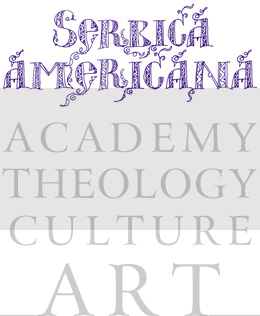Jelena won the hearts of the nation playing the title role in the musical 'Front Page Doll,' which earned her the best actress award of Theater 'Terazije'. This was the beginning of a new era of Jelena's career. Her success continued when she became a permanent member of one of the leading European theater companies' Atelje 212, where she took part in many mainstream productions, both nationally and internationally, including tours in most of the European countries.
Although she has appeared in many minor TV and Film productions before, Lisice-Foxes, a TV cult title featured on the national Serbian broadcast, that 'introduced' Jelena Stupljanin to the mass TV audiences across Serbia and the Balkans. Being one of the lead characters, Jelena and her fellow cast members mesmerized the spectators and made Foxes a grand success.
With the great generosity and support of Svetozar Cvetkovic (the artistic director of Atelje 212), HRH Princess Elizabeth Karageorgevic of Serbia as well as Ms Eileen Murray, Jelena was sponsored to attend the Lee Strasberg Theater and Film Institute in New York.
Currently Jelena is based bi-continentally and works both in Europe and the US on both the east and the west coast, and she is equally successful on stage and on screen.






